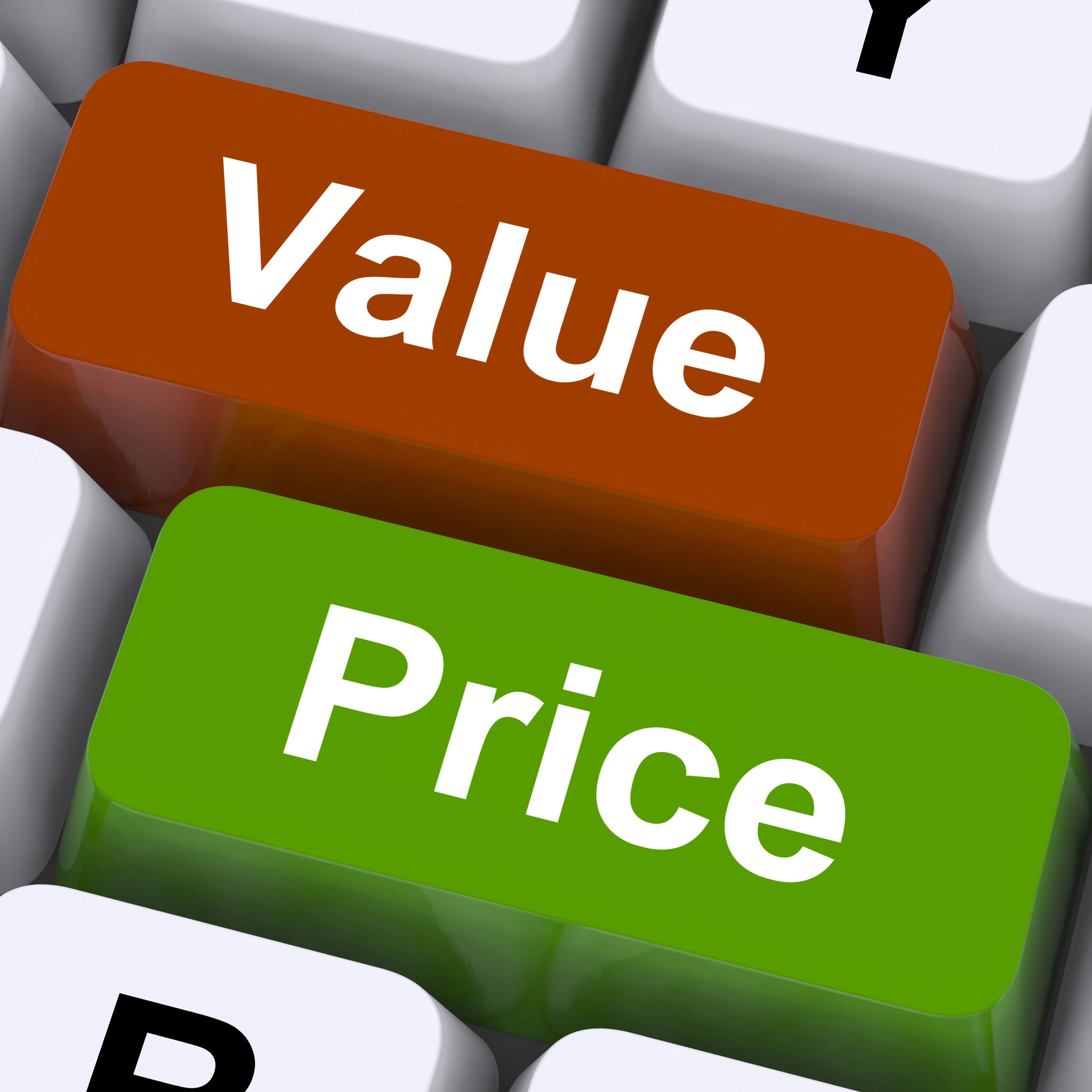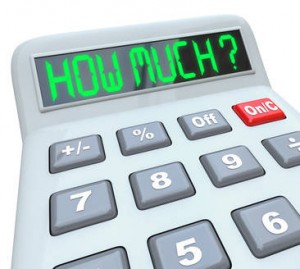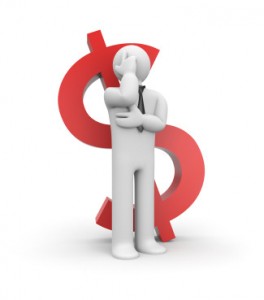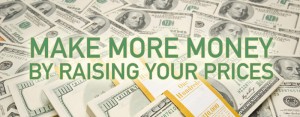
by Scott Howard | Mar 28, 2017 | Marketing and Advertising Insights, The Not-So-Secret Writings of ScLoHo, WOWO Fort Wayne Radio Advertising with Scott Howard
You can now listen to these articles on the Genuine ScLoHo Media and Marketing Podcast! This is episode 3.
How much money should a new car cost?
How much money would you pay for a bag of potato chips?
What is the right price for a radio commercial?
The last time we talked, I urged you to be trustworthy and the echo that trust factor in your advertising and marketing. Today, we’re going to explore another element of the human experience that everyone of us consider before spending any money.
Value.
Yes, the word is value.
As consumers we want to equate the value of something to be equal or greater than the money we are going to fork over to get that something.
Take a new car for example. The MSRP for a new Chevy Camaro starts at about $26,000.
I could double that and spend over 50 grand for a new Mercedes, or pay 10 thousand less and drive a Kia. All have basic safety features and are road worthy, but the value as reflected by the price tag is significantly different.
How about that bag of potato chips? I saw a 10 ounce bag for a dollar at a dollar store recently and a 3 ounce bag for a buck and a quarter at the gas station. Same brand, same chips, which one is the right price?
All of the prices are right if they make sense.
When I owned a Mercedes, people would ask me regularly about it. It was a topic of conversation because it was perceived to be a classic car with class and more value than the car I had before. My next car, a Pontiac, would never inspire people to randomly start talking to my about my ride.
My most recent car purchase, a PT Cruiser, has been generating nearly as many random conversations as the Mercedes did because it is unique and rare.
I’m not really a car guy, so I find these conversation inspiring vehicles an interesting study of value as perceived by others. Some people assigned a certain value to me when I drove the Mercedes and now the Cruiser. I think the Pontiac was a neutral value. The Cruiser I’ve been told fits my quirky, hip personality and I’m perfectly fine with that.
Let’s talk about the value of a bag of chips. At the Dollar Tree store near my house, everything is a dollar. The lady in front of me at the checkout filled her cart with over 30 items and paid 35 bucks. If she had gone to Kroger, Wal-mart or any of the traditional grocery stores, she would have paid at least 50 dollars for the same 30 or so items.
The other night my wife and I stopped at a gas station and that’s where I noticed the small bag of chips for $1.25. That was the right price even though a couple days later I saw the big bag for just a dollar. How do I know it was the right price? Because people were buying them.
We are all conscious of prices. If an item is priced too low then we are suspicious wondering what’s wrong with that item, unless that is the “normal price”, like the chips at the dollar store.
If the small bag of chips at the gas station was 5 dollars, I doubt they would sell. Even though we are expecting to pay inflated prices for convenience items like that, you can go overboard.
When you as a business person set your prices for the stuff you sell, make sure you know the value you are assigning to those items too, like in my automotive example. Take into consideration the selling environment like my potato chip example.
And before we wrap this up, I’ll share with you a bit about the right price for advertising, specifically radio commercials.
At our company, Federated Media and the primary radio station I work for WOWO, we have a simple method of setting the prices. It’s based on supply and demand.
Nearly every week I get a report that tells me how much inventory we have left for upcoming weeks. WOWO is popular with radio listeners and radio advertisers because we have figured out a winning combination that works for all.
The listeners tune in to hear the news and talk programs and patronize the advertisers. The advertisers are either getting a trackable positive return on investment or a perceived positive return on investment for the money they spend.
In other words, businesses that advertise on WOWO do it because they see the value in advertising with us. The right price for advertising is one that offers value.
One day I’ll dig deeper into the specifics that I offer but for now, the key take away is understanding the idea of Value and how it is both different for each of us and incredibly important for each of us depending on our circumstances at the moment.
by Scott Howard | May 31, 2016 | Marketing and Advertising Insights, The Not-So-Secret Writings of ScLoHo, WOWO Fort Wayne Radio Advertising with Scott Howard
Last week I began updating a series from 2015 on the price of advertising on WOWO Radio and in Fort Wayne, Indiana overall.
Today, an updated answer to the question: How Much Does A 60 Second WOWO Radio Ad Cost? 
$110 per minute is the new standard for a 1 minute recorded commercial on WOWO radio during primetime. Primetime is 6am to 6pm, weekdays.
Primetime is when WOWO radio’s audience is the largest. Compared to radio stations with a smaller audience, WOWO’s prices are appropriate. But hang on a second and I’ll tell you how WOWO sets our prices.
It’s not really about the size of the audience. The price of advertising on WOWO is based on the common law of supply and demand.
Each week, we update the WOWO rate card which list prices for the next 13 weeks.
Between 6am and 6pm each weekday, there are slots for 97 one minute radio commercials. Looking ahead over the next 4 weeks, there are only 4 slots open per day. That’s 93 of the 97 slots for a 60 second radio commercial are already sold. WOWO is 96% sold of one minute commercials in primetime for the next 4 weeks.
The demand is at an all time high.
What causes the demand?
The results that our current advertisers are getting. The radio advertising campaigns we air on WOWO radio are paying off for our advertising partners. It’s that simple.
As the demand stays high, the supply is low and the price stays high, just like any other business.
Because my rate card goes 13 weeks, I see that in about 10 weeks we are only about 75% sold out. But as each week goes by, we continue to fill those empty slots. We will be looking at being 95% sold out all summer long.
The price of an individual commercial is not really the best way of evaluating an advertising campaign, but it is an important factor that I have to take into consideration when creating your advertising campaign.
Questions? Contact me. And more coming on Wednesday.
by Scott Howard | Apr 27, 2016 | Marketing and Advertising Insights, The Not-So-Secret Writings of ScLoHo
Sometimes I tell people, “No, I am not going to take your money for advertising, yet”.
You see, some people think that the answer to their problems is that they need more money and in order to get more money they need more customers. 
Maybe.
Maybe not.
I have a few questions first.
Like, how many customers did you have last year, last month, last week?
Are they still your customers or are they former customers?
Why are they former customers and spending their money with someone else?
(This is one way to discover or uncover a problem).
Can you/we fix the problem and improve your customer retention rate?
No matter how many new customers you get, if you are screwing something up and losing customers too, then that is the problem you need to fix first.
Let’s try another one…
When was the last time you raised your prices?
Did your suppliers raise their prices on you and did you pass that extra cost to your customer? (If you didn’t, then it is less profitable today for you to do the same work you did last year.)
No matter how afraid you are to raise your prices to keep up with the increased costs of doing business, you need to overcome this fear or you will drive yourself out of business. That’s another significant problem.
How about your online presence? Do you have a mobile friendly website with current info that you are updating regularly? If not, that’s also a problem.
Some of these problems I can help you solve. Most of these need to be taken care of before you invest in advertising to get more business. As I often say in my email signature, “Here to help,”
by Scott Howard | Feb 5, 2016 | Marketing and Advertising Insights, The Not-So-Secret Writings of ScLoHo
Last month, I did a quick list of 17 Ways To Increase Your Business Profitability and today we’ll start a deep dive into these, one at a time on the next several Fridays.
You really need to raise your prices.

This graphic is from this article (click) that also has some great info on this subject
I have talked to way too many businesses that are afraid to charge more in 2016 than they did in 2015.
Problem is, they have been doing the same thing for years. Not raising their prices.
Some have not changed their prices for 5 or 10 years.
Why?
First let’s look at why not.
You may think that you will lose customers if they notice that you are charging more for the same thing.
You might, but it’s not going to be significant,
You might think that inflation should be your guide on when it’s time to raise your price.
Problem is inflation numbers reported by our government do not accurately reflect the cost of running your business. Some prices are lower (gasoline) some are higher, (you name it) and as a result, you’re fooling yourself.
I have a friend that was losing money by making certain service calls because they were not charging enough. 10 years ago, the price was right, but not now.
I made them promise to raise their prices, which they are doing this year, finally.
Want to increase your business sales by 10% this year? Just raise your prices by 5% and you’ll automatically be half way there.
This works very effectively with companies that sell products and services to the same customers infrequently, like a heating and cooling contractor. But it will also work with companies that offer value beyond being the cheapest, like one of my favorite local coffee shops.
Perhaps you need to be creative if you are going to raise your prices. McDonald’s did this recently with a switch from their Dollar Menu to a 2 for 2 Menu.
Walmart which built their business dominance with the marketing slogan of Always Low Prices, changed to Save Money, Live Better. They charge more on some stuff, less on others but they are always raising their prices.
You really do need to raise your prices this year.
by Scott Howard | Apr 22, 2015 | Marketing and Advertising Insights, WOWO Fort Wayne Radio Advertising with Scott Howard
At this very moment, the moment, this article is being published online, I am meeting with Mike. The same Mike I’ve mentioned the past couple of days. 
Feel free to review the process that brought us together and how Mike and his business are now advertising partners with me and WOWO Radio.
Here’s what we are doing as you read this…
1st off, I brought Ben with me today. Ben is the General Sales Manager and I’ll tell you more about him soon.
The three of us are discussing the actual wording of the ads that we are starting in a couple of weeks. We are also talking about Custom Audience Targeting with online display ads in a re-targeting campaign.
We are not talking about how much it costs to advertise. That discussion we had a couple meetings ago and again last week.
Last week when, Mike and I agreed to become advertising partners, I presented him with 4 different options for using WOWO radio. I usually limit it to two or three but I had a 4th that I wanted to discuss. Three different price options were presented. My big question to Mike was, “What is your comfort level for advertising spending?”
Mike answered, “The amount I spend isn’t important as the return I get.”
Excellent answer.
We spoke about the different amounts he spends in other areas and the results he sees and compared that with what we can expect initially. We agreed to start with one of the lower priced options and grow from there. That was my recommendation. Mike would have bought one of the higher priced options last week, but I want a couple months to launch and tweak and fine tune his message before he invests the larger dollars.
And that is the step we are talking about today. We are creating the initial ads that will begin May 4th.
While I ask my advertising partners what their advertising spending comfort level is, the reason is I want to be sure they are going to not expect the phone to ring off the hook on day 1, if they are not spending enough to make that happen.
With Mike and his business, it is a slow and steady process for him to qualify a customer and when he gets a good one, the rewards are there. It’s not like selling hamburgers where you need to sell them every day.
Which reminds me of another story for another day about McDonald’s. Until then, reach out to me with questions or comments.





